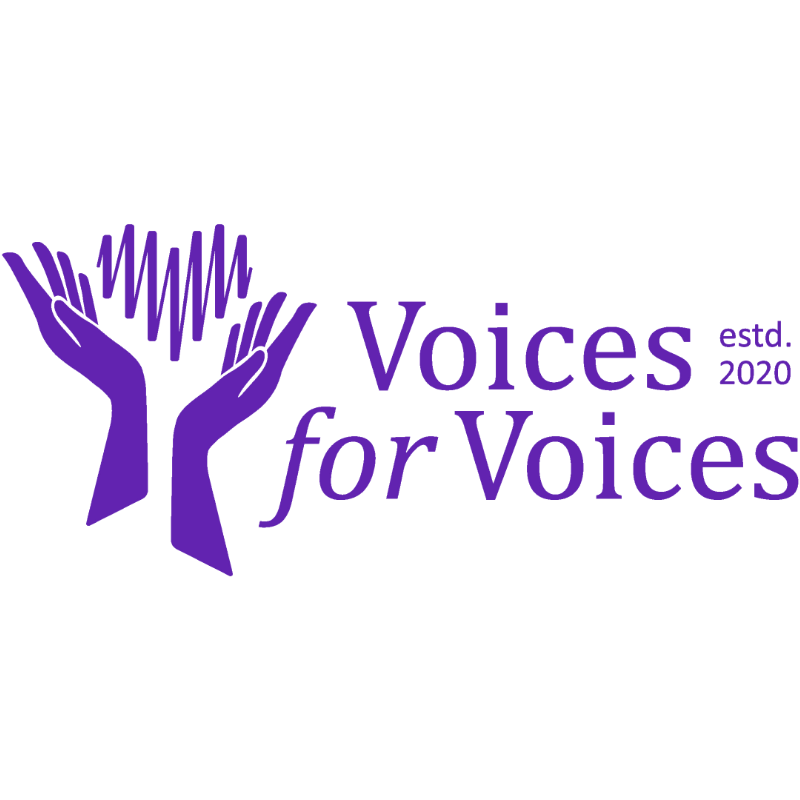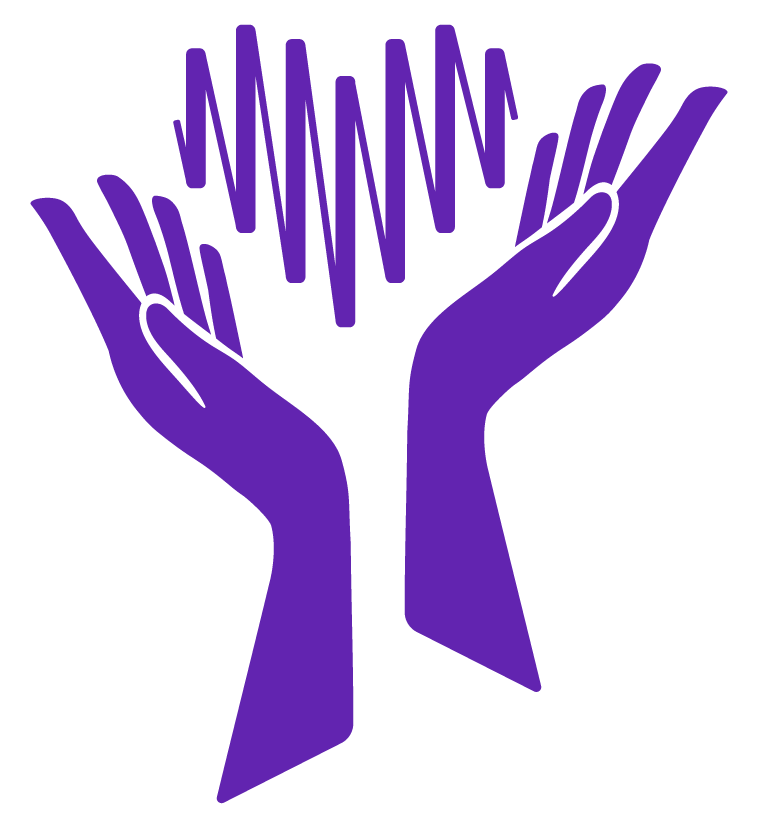Melatonin Sleepy Patches "Stickers" in Schools: A Solution or a Scandal? Ep. 327
Trust is the quiet contract between families and the institutions that care for their children. When that contract is tested, the ripple reaches far beyond a single classroom or news report. This conversation focuses on so-called “sleepy stickers,” patches reportedly containing melatonin and other ingredients allegedly used to make children drowsy during rest time. At first glance, a moon-and-stars sticker seems harmless, even sweet. Yet the moment a sticker becomes a delivery system for a substance—especially one intended for adult sleep support—the stakes change. We step through what was reported in Spring, Texas, why it matters, and how to respond with clarity and care. Along the way, we connect the dots to mental health, informed consent, safety policies, and the practical steps caregivers can take to protect children without stoking panic.
Parents know the power of simple rewards: a sticker after ballet, a badge after practice, a small symbol that says, “You did well.” The child’s delight is the point. That’s what makes this story so charged—the blending of something innocent with the possibility of a pharmacological effect. Reports describe children bringing home “sleepy stickers,” with one child saying, “The sticker makes me fall asleep.” The details matter: patches marketed for adult sleep, allegedly applied to children during nap time. While melatonin is often sold over the counter, it is still a bioactive substance, and pediatric use, dosage, purity, and timing are medical questions, not classroom decisions. The shift from positive reinforcement to sedation crosses an ethical boundary tied to consent, parental authority, and the child’s right to bodily autonomy.
From a mental health lens, these events resonate because safety and predictability anchor a child’s sense of security. If a child associates school with unexplained drowsiness, changes in appetite, or altered behavior, the school-day routine can become a source of confusion or fear. Caregivers in the reports noticed crying, skipped meals, and disrupted sleep at home—signs that something felt off. Mental health is not only about diagnoses; it’s about the daily conditions that help a child regulate emotions and trust adults. A classroom has powerful influence on that ecosystem. Introducing a sleep aid—without consent and outside a healthcare context—risks undermining that trust and setting patterns where quiet equals compliance rather than comfort.
Public health and safety policies exist for situations exactly like this. School districts typically prohibit administering any unauthorized substance to students. That includes supplements and essential oils, which many assume are benign. Melatonin products vary widely in content accuracy, with studies finding mislabeled dosages and contamination risks. Transdermal patches add another variable: absorption rates, skin sensitivity, and cumulative exposure. Even small amounts can matter for a small child’s physiology and circadian rhythms. For school leaders, one safeguard is crystal-clear policy and training: no substances, no exceptions, unless a documented medical plan with caregiver consent is on file and administered by authorized personnel. Enforcement must be paired with reporting pathways so parents and staff can flag issues without fear.
What can caregivers do right now? Start with observation and open-ended questions. Ask children about nap time: Where do you rest? Did anyone put anything on your skin or clothes? What do the stickers look like? Check backpacks, jackets, and water bottles for unfamiliar patches, and look for patterns—unusual drowsiness after school, nighttime wakefulness, headaches, or appetite shifts. If something seems wrong, document dates, items, conversations, and photographs. Contact the teacher and principal in writing and request the school’s medication and supplement policy. If necessary, escalate to the district, school nurse, and, if warranted, local authorities. Encourage other parents to compare notes to see whether a pattern exists. Vigilance is not paranoia; it’s stewardship.
It’s also important to hold both nuance and boundaries. Most educators are dedicated and careful, and many classrooms use stickers the way they should be used—as symbolic encouragement. The point isn’t to condemn teachers in general but to draw a hard line against administering substances without consent. Social media videos can amplify fears, so cross-check claims with verifiable reports and district statements. At the same time, do not dismiss a child’s words. Children often describe sensations in simple language that points to real experiences. If a child calls something a “sleepy sticker,” that warrants thoughtful follow-up, not scolding or dismissal. The goal is to keep curiosity engaged and defensiveness low while prioritizing safety. This story also touches a cultural nerve: our tendency to seek quick fixes for complex routines.
Melatonin Sleepy Patches "Stickers" in Schools: A Solution or a Scandal? Ep. 327
📺Rumble: voices-for-voices.org/42Zhl2n
📺YouTube: voices-for-voices.org/46BXpoG
🎧Web Browser: voices-for-voices.org/3WJ9frC
🎧Apple Podcasts: voices-for-voices.org/46RwKCS
🎧Podcast Addict: voices-for-voices.org/4eqJp32
🎧📺: Any Smart Speaker/TV
🎧CastBox: voices-for-voices.org/4nlhiqp
🎧iVoox: voices-for-voices.org/4nAXbEu
🎧Spotify: voices-for-voices.org/3UfceGE
🎧Podbean: voices-for-voices.org/4fjHVID
🎧iHeart: voices-for-voices.org/46PUnMp
🎧Audacy: voices-for-voices.org/4l3YdqK
🎧Amazon Music: voices-for-voices.org/3IRRh2m
🎧Podcast Republic: bit.ly/46ZQpjh
🎧TuneIn: voices-for-voices.org/40WGlXj
🎧Pocket Casts: bit.ly/4d6E66Z
🎧Deezer: bit.ly/3UydHaJ
🎧Podchaser: voices-for-voices.org/4jJgrh6
🎧Podcast Index: voices-for-voices.org/42obNhN
🎧PlayerFM: player.fm/series/voices-for-voicesr
🎧TrueFans: voices-for-voices.org/420fwlT
🎧Goodpods: voices-for-voices.org/3SS0XuZ
🎧Listen Notes: voices-for-voices.org/46FCK3k
Become a supporter of the show! voices-for-voices.org/443fL0U
#SleepyStickers #MentalHealthAwareness #EducationReform #StudentMentalHealth #HealthyLearningEnvironment #StickersOrNotStickers #SleepySticker #SleepyStickerPatch #YouthMentalHealthMatter #justiceforsurvivors #justice4survivors #VoicesforVoices #VoicesforVoicesPodcast #JustinAlanHayes #JustinHayes #help3billion #TikTok #Instagram #truth #factoverfictionmatters #transparency #VoiceForChange #HealingTogether #VoicesForVoices327

